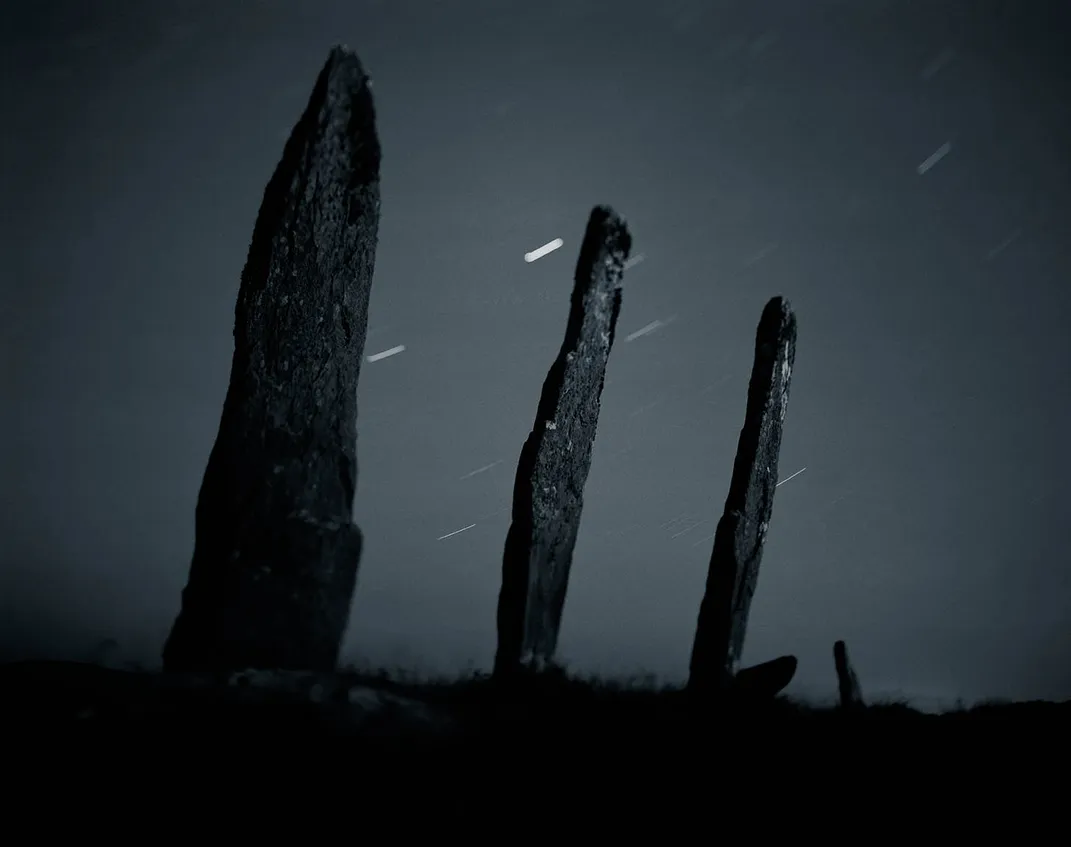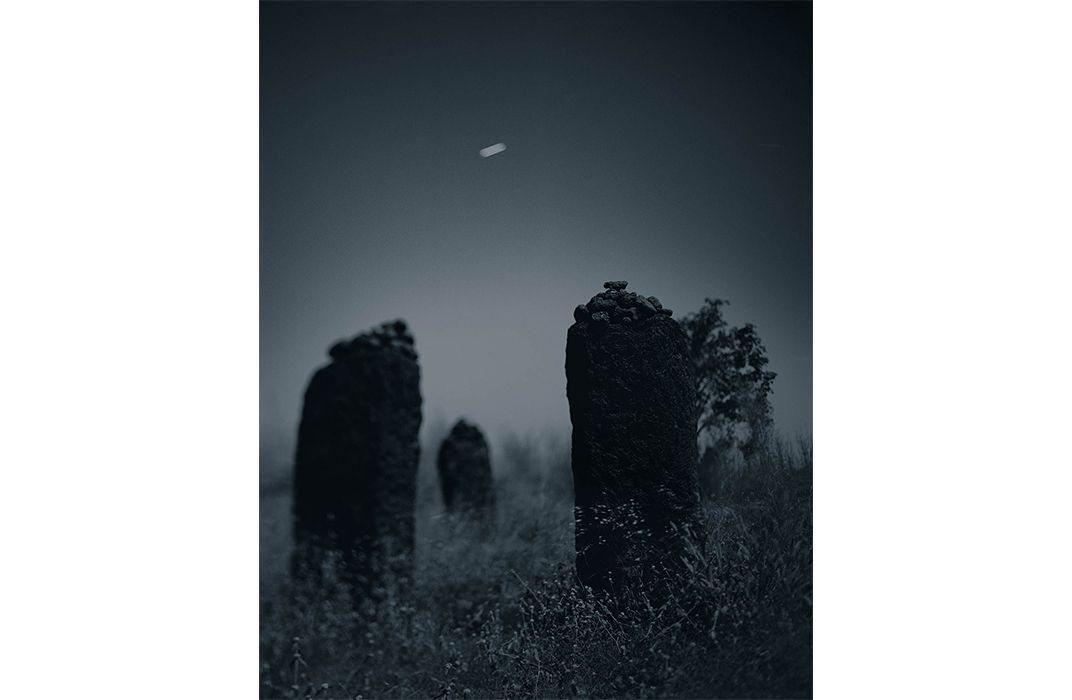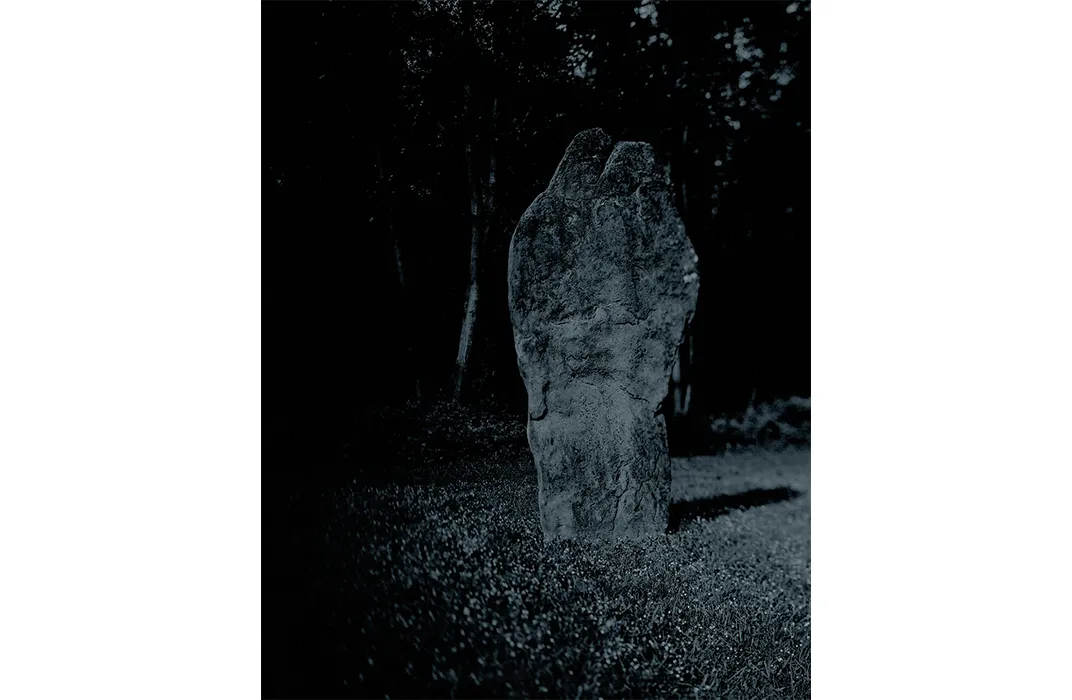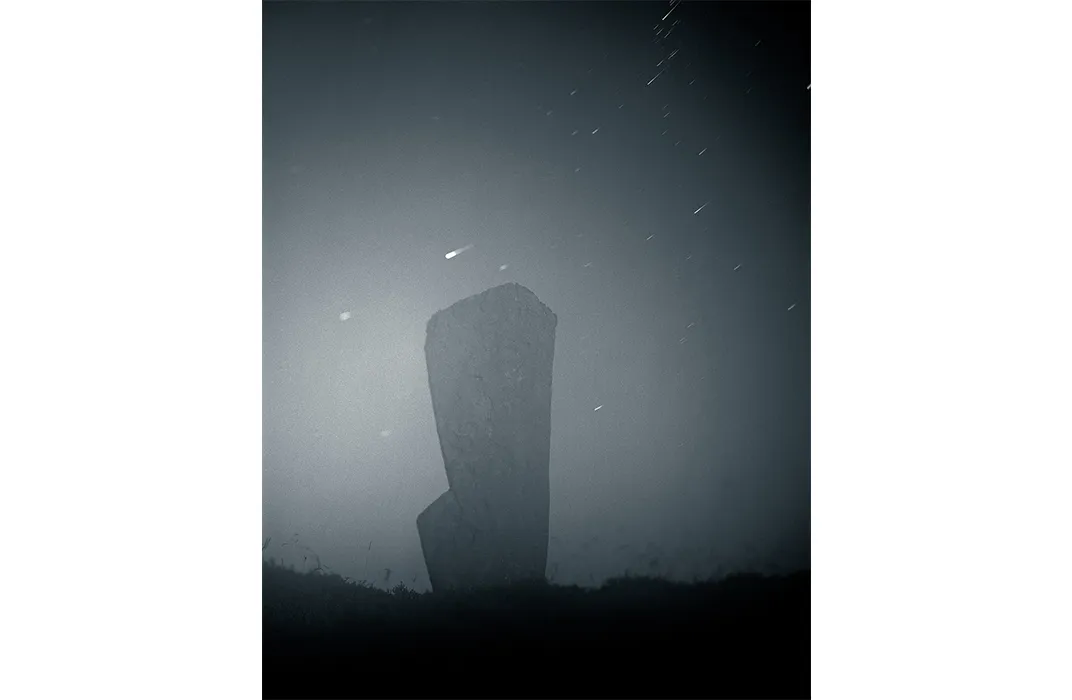11 Photographs of Mysterious Megaliths
Photographer Barbara Yoshida traveled across the globe to capture prehistoric stone monuments shrouded in moonlight
Stonehenge, naturally, raises some questions. Who put those giant sandstones on Salisbury Plain in southern England? And, how and why were they erected? But, what few people realize is that prehistoric, standing megaliths can be found throughout the world.
Photographer Barbara Yoshida has ventured across the globe, stopping in Morocco, Gambia, Israel, Russia and other places, to photograph these mysterious stones at night. She has compiled her images in a new book, Moon Viewing: Megaliths by Moonlight. “There is a timeless quality about these megalithic sites,” says Yoshida over the phone. “It gives them enormous power. They were here before us. They will be here long after we’re gone.”
Growing up 100 miles south of the Canadian border amidst Idaho's lakes and mountains, Yoshida often went camping with her family. It is these trips, she says, that incited her love for travel and the outdoors. After studying art, Yoshida did six residencies with the National Parks Service, living in the parks and photographing nature. She saw her first megalith, Scotland's Ring of Brodgar, in 2003. “It was a circle of huge stones up in the Orkney Islands, and I was just astounded,” she says. “They were so beautiful.” The sky was clear and the moon was nearly full when she visited, so Yoshida stayed through the night to photograph the stone circle. As the temperature dropped, moisture in the air condensed on her lens; the photographer believes this lengthened the star trails in her shots.
More well known are the megaliths in Scotland, Wales, Ireland, and England, but Yoshida gradually discovered, mostly through Internet searches, that there are stone monuments all over the world. She found examples in Russia, the Middle East, and Africa, and tracked them down, sometimes only with tourist photographs to guide her. “You just never know whether you’re going to find them at all. But that’s part of the adventure," she says.
In her quest to photograph the stone arrangements by moonlight, Yoshida lived out of a backpack, carrying a tent, clothes, sleeping bag and sleeping pad, as well as her large format camera and other equipment: a heavy tripod, a light meter, 4- by 5-inch film, a tiny darkroom to load the film and film holders. With her manual camera, she is able to focus on selective parts of her images to invoke a sense of mystery. She also leaves the lens open for minutes at a time, giving her images the star trails.
Of the 27 sites included in Moon Viewing, Yoshida says Calanais on the Isle of Lewis in Scotland was a favorite. From the air, the stones form a Celtic cross. Another fascinating location featured in the book is Zoraz Kar in Armenia. While researching the prehistoric monument, Yoshida came across the work of Elma Parsamian, an Armenian astrophysicist who discovered that the holes in the stones point directly at the horizon and would have allowed people to watch lunar phases and the sunrise on the solstice.
“The mystery surrounding these stones is what draws me to them,” Yoshida writes in her book.
These images are excerpted from Moon Viewing: Megaliths by Moonlight by Barbara Yoshida with a foreword by Linda Connor, an introduction by Barbara Yoshida and an essay by Lucy Lippard. The book will be published by Marquand Books in August 2014. All images are copyright Barbara Yoshida.
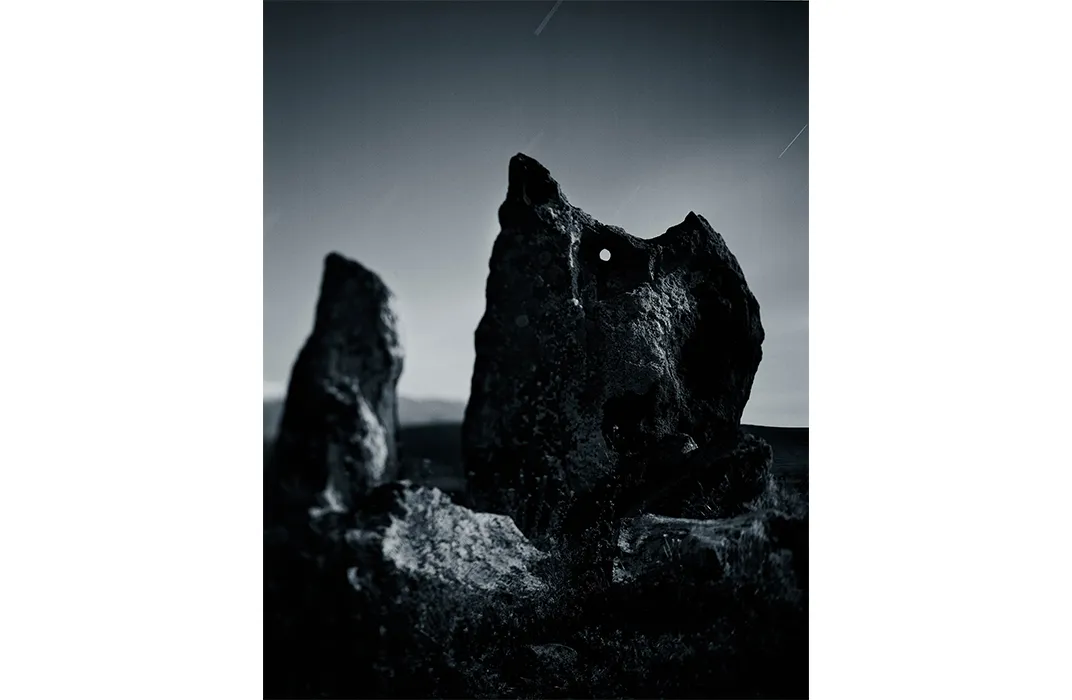
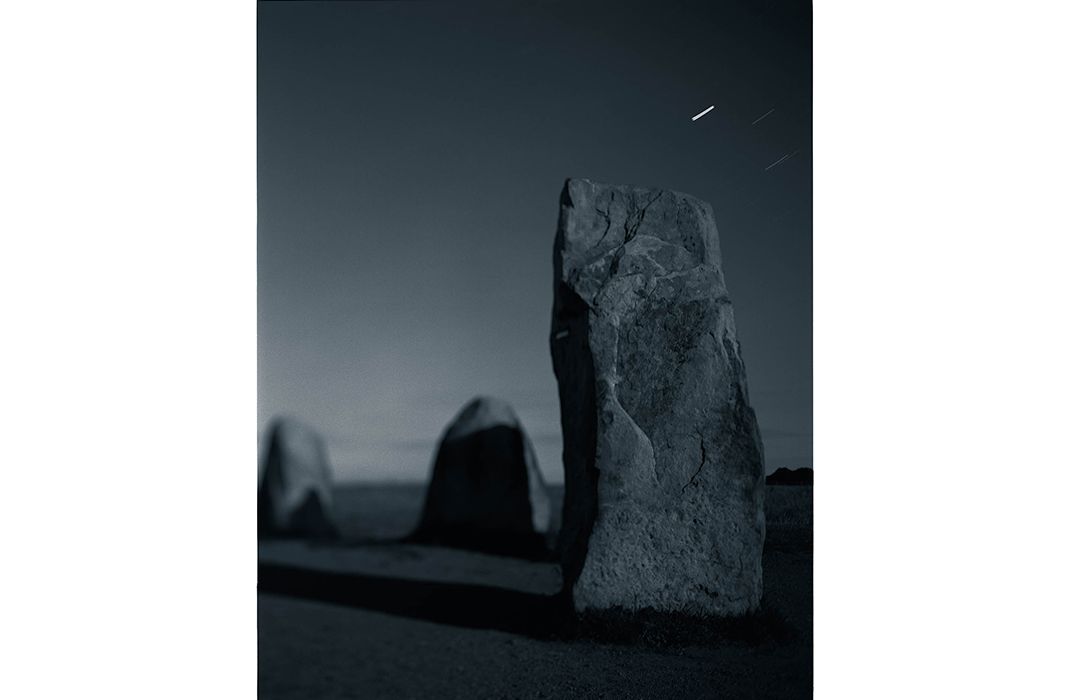

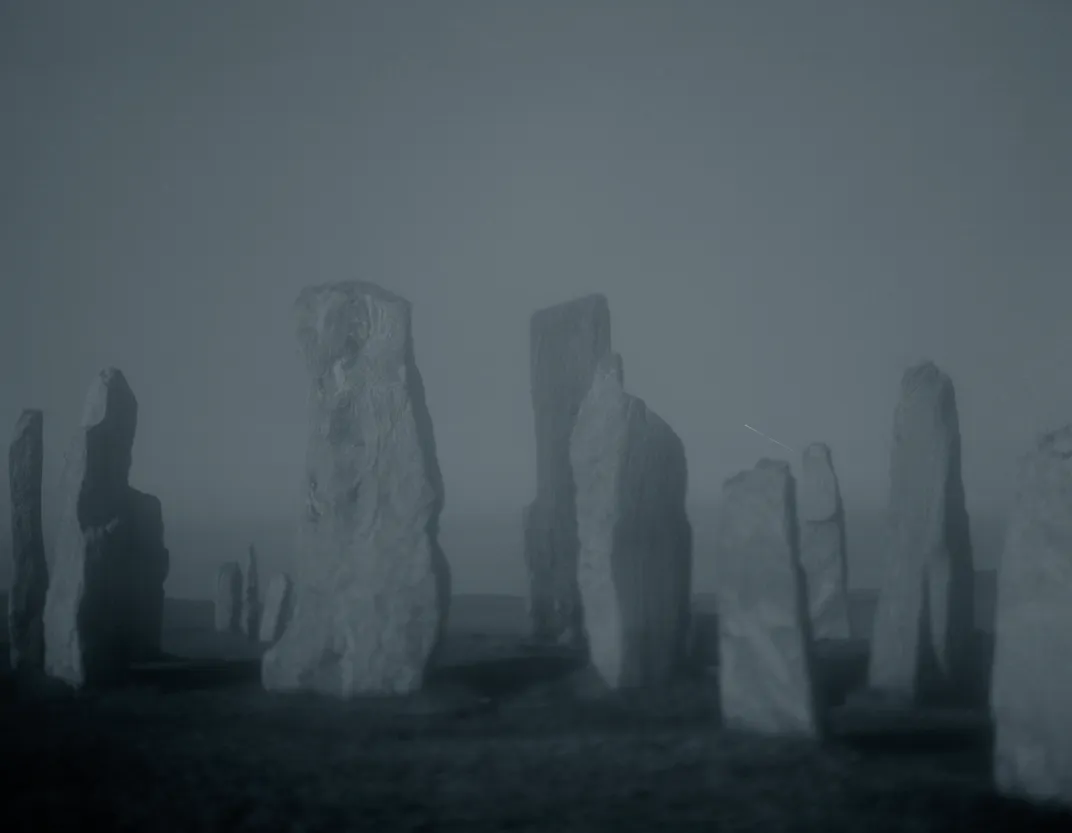
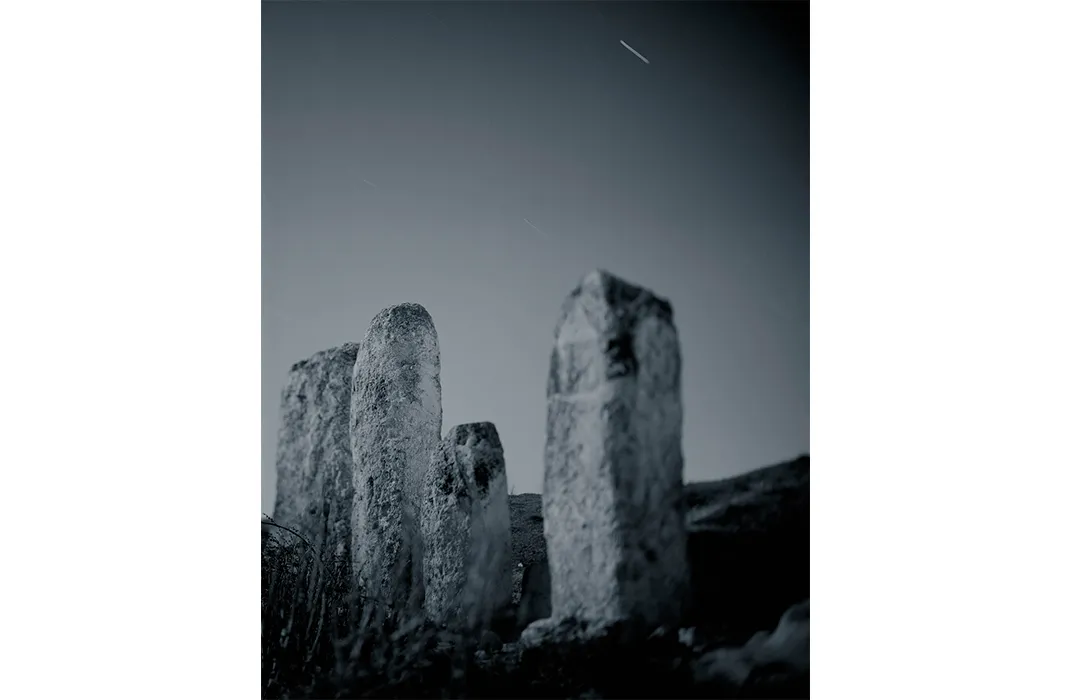
/https://tf-cmsv2-smithsonianmag-media.s3.amazonaws.com/filer/89/66/89667206-e126-48f2-ad89-02d05722480b/yoshida_pennglaouic_menhir72.jpg)
/https://tf-cmsv2-smithsonianmag-media.s3.amazonaws.com/filer/a0/42/a042b6df-2523-436b-bc17-0e15dc884f56/yoshida_sortali_e_su_monte72.jpg)
/https://tf-cmsv2-smithsonianmag-media.s3.amazonaws.com/filer/45/7b/457b3b2c-8e60-4fa5-95bc-b19a3c3e48a7/yoshida_skelsky_menhir72.jpg)
